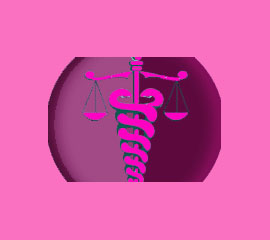
A mammogram is a diagnostic test which is used primarily to screen for breast cancer, although it does have other uses in the medical sector. Mammography is the most widely used professional preventive cancer tool and is typically recommended for women above age 50, or for women with higher than normal risk factors for developing cancer earlier in life. As with many procedures in the medical industry, mammography remains controversial, both due to its often poor statistical performance, as the possible health risks associated with regular application.
This essay details the test itself and important considerations that every woman should know.
Mammography Testing
Mammograms are usually recommended yearly, or biyearly, for older women or those younger women who demonstrate increased risk for cancer occurrence.
Mammography is best utilized in combination with self breast exams and professional breast exams, as well as with a patient education program to recognize the early warning signs of breast cancer.
Many women do not like the test, since it can be uncomfortable and even downright painful.
Having mammography with breast implants can pose even greater risk, since prosthetics have been know to rupture, due to the compression required for the test. Women with breast implants should always seek a technician with experience performing the test on prosthetic implant devices.
Mammogram Results
The mammography procedure is noninvasive, but does utilize radiology techniques, which have been shown to enact health risks from repeated exposure. In fact, some doctors speculate that repeated mammography may actually increase the risk for developing some types of cancer.
Additionally, many women receive readings of false negative or false positive. This means that some women feel they are safe, while cancer is actually growing inside their breasts and other women fear they are sick, when actually, they are perfectly healthy.
Obviously, these are both serious problems with the technology. However, currently it is the most widely used and available means of catching cancer early enough to virtually guarantee successful treatment.
Other possible alternative avenues to explore include breast CT scan and breast MRI evaluation.
Mammograms Save Lives
Mammography has competition from ultrasound and MRI technologies. Although these are not as prevalent for diagnosis breast cancer, both may be superior and MRI certainly offers a far more detailed look inside the breast than x-ray ever could.
In the meantime, mammography is the industry standard and still helps many women to catch cancer at its early stages, leading to successful treatment and eventual recovery.
Therefore, although not perfect by any means, mammography is still a lifesaver and should be an included form of breast cancer prevention for all women indicated for screening. Talk to your doctor to learn more about using mammography testing to remain safe and healthy for life.



